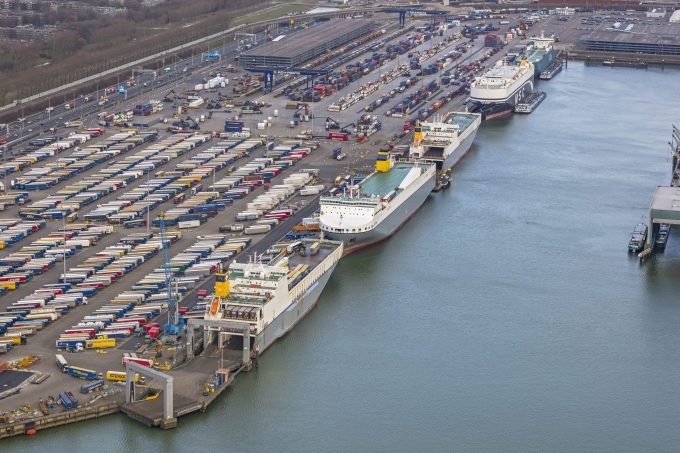Battery-powered 850 teu box ships herald 'second wave' of electrification
To operate on electrical power, the cliché goes, a ship would need to tow a ...

Cleaner shipping should be powered by port optimisation, rather than the currently favoured slow-steaming strategy for reducing ship emissions and navigating the IMO’s CII regulation.
So says PortXChange, a port-call optimisation spin-off from the Port of Rotterdam Authority.
Highlighting recent findings ...

Comment on this article